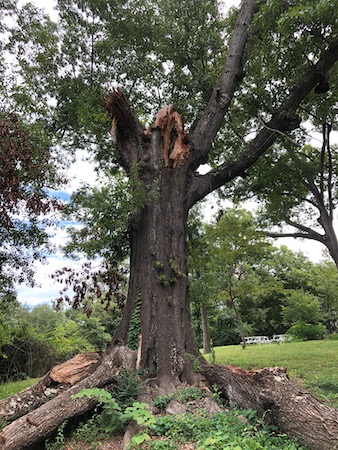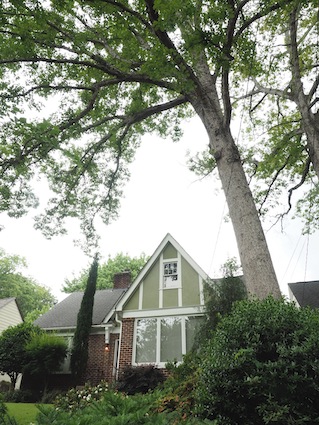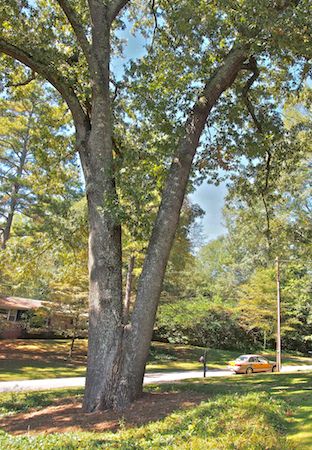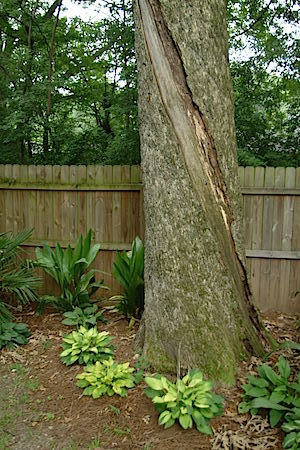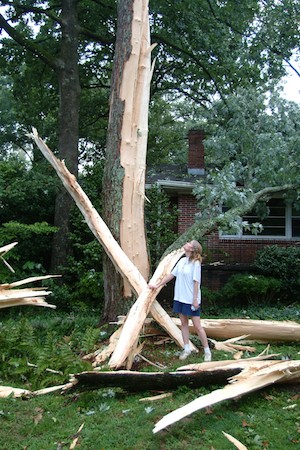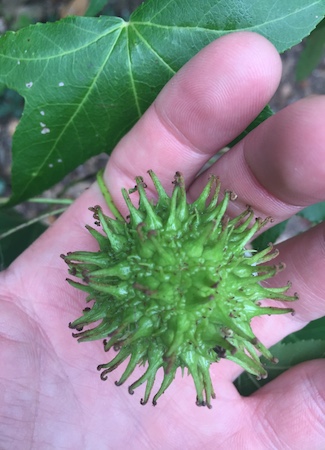Living in a house in Atlanta usually means that you're living with trees, and living under trees poses some level of risk no matter how healthy they are. There is always some possibility that a tree's trunk or branches will break. Do you have trees that hold unforeseen hazards such as these?
Risk Ratings
When our arborists inspect a tree, they will give it a risk rating — low, moderate, high, or very high — based on the Tree Risk Assessment guidelines of the International Society of Arboriculture. Their assessment will take into account the many factors which influence risk, as well as hard data from a Resistograph when indicated.
Each tree risk rating has its own set of options for reducing that risk, up to and including immediate removal. Though we will usually make a recommendation about whether or not to have a tree removed, the final decision rests with the homeowner. For low-risk trees, which require no action at all, and very high risk trees, which should be removed immediately, the decisions are easy to make.
Do you trust the person who is giving you advice?
Whether a homeowner decides to remove a moderate- or high-risk tree depends on your budget, how much you like the tree, how much risk you can tolerate, local tree ordinances, and how much you value the opinion of the tree inspector. Are you working with someone whose opinion you trust? Is his judgment based on experience? Is he clear about why a tree needs to be removed? If the answer to any of your questions seems evasive or unsatisfactory to you, it would be wise to get a second opinion.
Some tree services will try to scare you into taking down a tree. Someone may walk up to your door and tell you there's a dangerous tree on your property that needs to be removed immediately. Always be suspicious! Ask for evidence. What makes the tree unsafe? What are your visitor's qualifications for assessing trees? Think to yourself: What does this person stand to gain? Is he looking for an easy sale of a tree removal? We've heard the horror stories. Save yourself alot of money and heartache by working with a trusted and proven tree expert or company.

